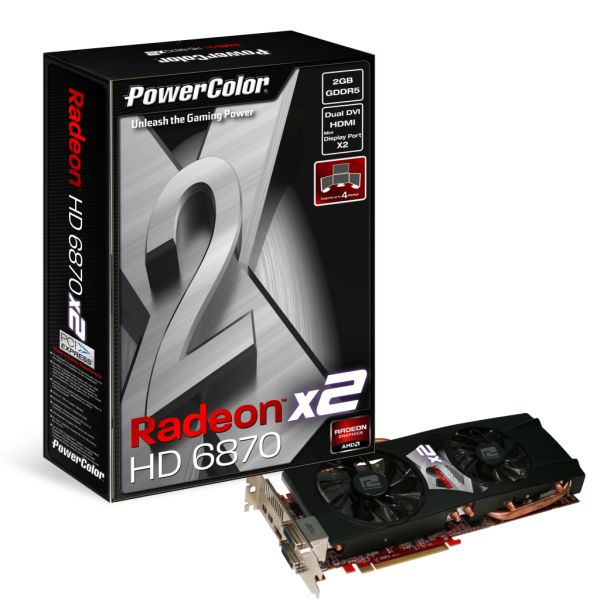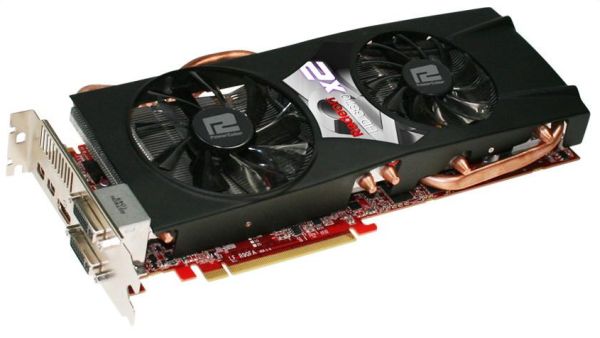Advanced Micro Devices at present is not able to compete in terms of pure performance against Intel Corp.’s Core i7-series “Sandy Bridge” microprocessors, according to benchmark results, but with its next-generation Bulldozer-based chips the company fully aims to fight.
With its FX-series AMD Zambezi desktop processors the Sunnyvale, California-based company plans to fully compete against Intel Core i-family of high-performance central processing units. A document from AMD seen by X-bit labs claims that AMD FX-series central processing unit (CPUs) powered by the Bulldozer micro-architecture will be fully able to rival Core i7 2600-series chips.

Among the advantages that are mentioned by the AMD documents that X-bit labs has happened to see are “more overclocked cores”, “more cores dual graphics, OpenCL and GPU” compute and others. By the end of the year the firm expects over 10% of its desktop products to be based on the Bulldozer micro-architecture and be in the AM3+ form-factor.
AMD Orochi design is the company's next-generation processor for high-end desktop (Zambezi) and server (Valencia) markets. The chip will feature eight processing engines, but since it is based on Bulldozer micro-architecture, those cores will be packed into four modules. Every module which will have two independent integer cores (that will share fetch, decode and L2 functionality) with dedicated schedulers, one "Flex FP" floating point unit with two 128-bit FMAC pipes with one FP scheduler. The chip will have shared L3 cache, new dual-channel DDR3 memory controller and will use HyperTransport 3.1 bus. The Zambezi chips will use new AM3+ form-factor and will require brand new platforms.
The Sunnyvale, California-based chip designer plans to introduce AMD 900-series chipsets compatible with Zambezi processors in Q2 2011. The Bulldozer processors, Radeon HD 6000 "Northern Islands" discrete graphics cards and AMD 900-series core-logic sets will power AMD's next-generation enthusiast-class platform code-named Scorpius.
AMD did not comment on the news-story.
http://www.xbitlabs.com/news/cpu/display/20110313163718_AMD_Aims_to_Fight_Core_i7_Sandy_Bridge_with_Bulldozer.html











